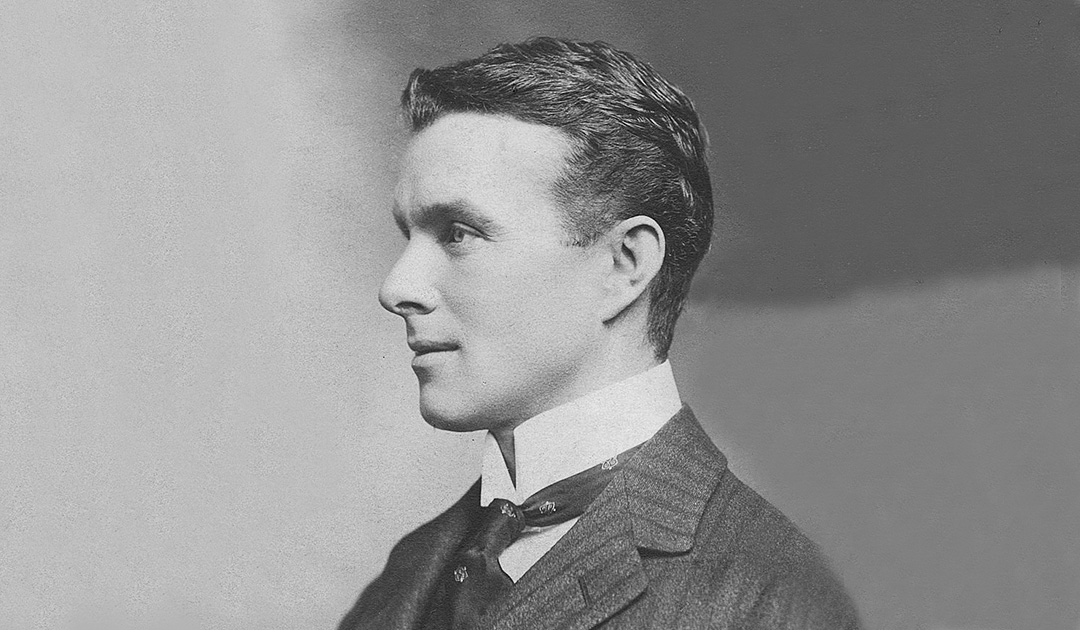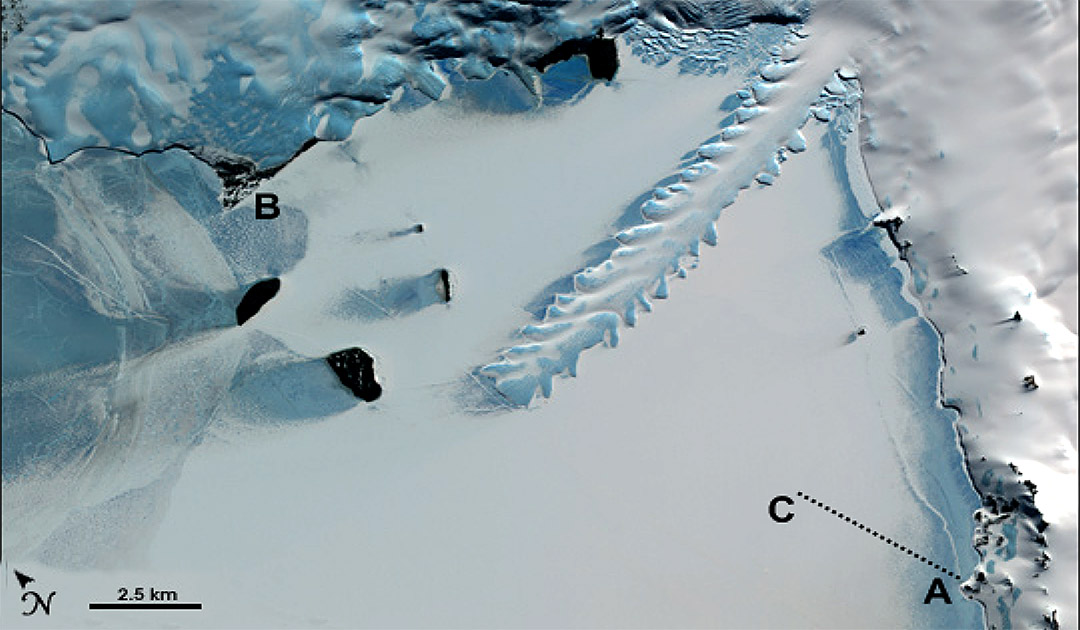Few would doubt the bravery of Aeneas Mackintosh. Had his luck been better, the British sailor and explorer might have been remembered as one of the greats of Antarctic exploration


The coat of arms of the Mackintosh, proud Scottish clan chiefs, shows a lion, a boar, a sailing ship and a fist holding a heart. All of these symbols were to have an important meaning in the short life of Aeneas Lionel Acton Mackintosh. He was born in Bihar, northeast India, in 1879, when the British Empire under Queen Victoria was at the height of its power, as one of five Mackintosh sons. His father, Alexander had been an indigo planter, whether he was a success at it or not, we do not know. Nor do we know why his mother, Annie, left her husband in 1894 and returned to England with her five sons and daughter. Little Aeneas was sent to boarding school, as was customary in England at the time, and then completed a commercial apprenticeship. At 16, his thirst for adventure got the better of him, and he went to sea like the legendary Trojan prince he was named after. From 1899, he worked his way up the ranks to become a merchant officer with the P&O Company.

A picture of Mackintosh from this period shows him as a handsome man with even features, an angular energetic chin and seemingly arrogant attitude. A man who has great things in store. It also began quite promisingly for Mackintosh. Through the intervention of a P&O Company officer, Mackintosh met Ernest Shackleton in 1907. The latter was planning his British Antarctic Expedition, which was to go down in the history books as the Nimrod expedition of 1907-1909. Shackleton wanted to be the first to travel to the South Pole and hired the impulsive Mackintosh as second officer.

Barely arrived in Antarctica, Mackintosh lost his right eye while unloading the Nimrod. After emergency surgery, he traveled back to New Zealand. One-eyed, but in good spirits, he rejoined Shackleton’s expedition in January 1909. He was to set out depots for the returnees from the South Pole. Once again, luck was not on the Scotsman’s side: a poorly thought-out passage over the ice to Cape Royds almost cost him his life.
Back in England, his run of misfortune continued: his diminished eyesight earned him notice from the P&O Company. His friend Shackleton, who had failed to reach the South Pole, commissioned Mackintosh to travel to the Carpathians to get an idea of the gold mines there, which Shackleton held shares in and wanted to use to finance a new South Pole expedition. The success of this mission remains unverified. Another source reports a 1909 voyage by Mackintosh to the Cocos Islands in the South Pacific.

On the tiny islet, our Scotsman is said to have searched for a Spanish gold treasure. Probably ill-fortuned again, because in 1913 he took an office job in Liverpool. A year earlier he had married. Gladys, née Campbell, gave Aeneas two daughters. Our hapless globetrotter missed the birth of his second child in 1914 as he was in Australia at the time. He participated in a South Pole expedition for the second time, this time as a member of the group that was to set out depots for Shackleton’s Imperial Trans-Antarctic Expedition. Since Roald Amundsen had already reached the South Pole in December 1911, Shackleton now planned to cross the ice continent from the Weddell Sea to the Ross Ice Shelf.
Known as the Ross Sea Party, the group was marked by mishaps and bad luck, not least because of Mackintosh’s swashbuckling character. He dared, just recovered from life-threatening scurvy, a forced march by sled, in which a large part of the dogs died and the morale of the crew evapourated. They already had to deal with the loss of the Aurora, which was ravaged by a storm, unable to return, and drifting unreachable at sea, loaded with provisions, fuel and equipment Mackintosh and his men would have needed to survive. Nevertheless, the men made attempts to complete the task set by Shackleton, which they again almost paid for with their lives.
But the situation was getting worse for the group due to lack of supplies. On 8 May 1916, Mackintosh and Victor Hayward set out on a suicide mission: to cross the ice on foot from Hut Point to Cape Evans in search of food at Scott’s base. Shortly after the two set out, a huge blizzard hit and the two disappeared without a trace.
Returning from the supply mission in February 1916, expecting to die soon, he wrote a farewell message that closed ” … if it is God’s will that we should here give up we do so in the true British fashion my own tradition holds us in power to do. Goodbye my friends, I know that my dear wife and children will be looked after.” After her husband’s death, Gladys Mackintosh married the first officer of the Aurora, Joseph Stenhouse.

In an ironic twist of fate, it turned out that Shackleton did not need the depots he had ordered to be set out; since his ship, the Endurance, was frozen and crushed on the Weddell Sea. The wreck entered the collective memory as a symbol of failure, and Shackleton as a tragic hero. Mackintosh, the navigator with the heart of a lion and the temper of a boar, remains, unfortunately, a footnote in history.
Heiner Kubny, PolarJournal





